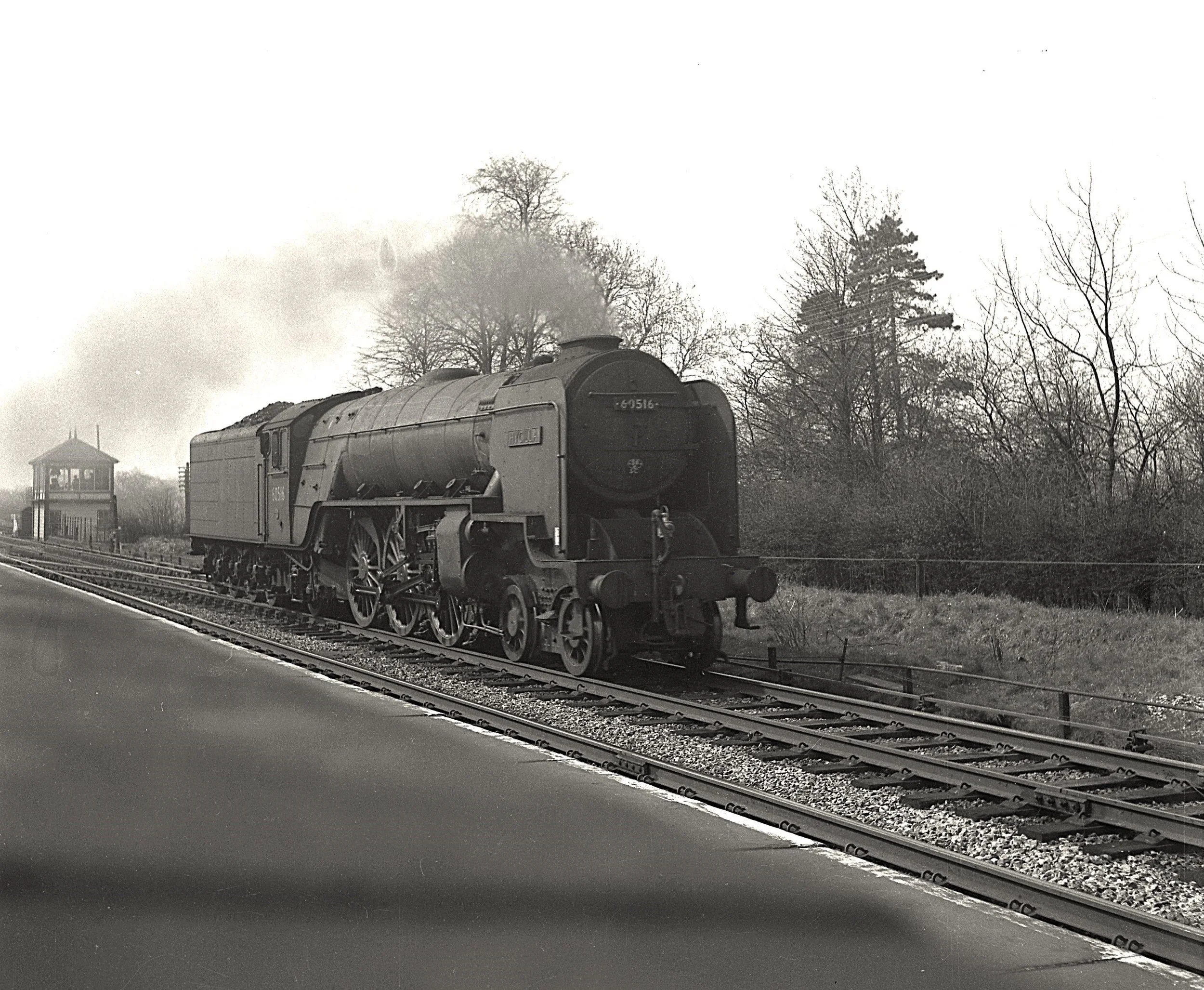Francis Edward Thompson Station Architect
Early Life
The Wingfield station architect, Francis Edward Thompson, was born in 1808 and grew up in the town of Woodbridge, Suffolk. He joined the family building firm and gained an understanding of building design and architecture.
He married Anna in 1830 at Woodbridge Church, and the newlyweds then emigrated to Montreal in British North America (Canada). Their son Francis Jacob was born a year later, but sadly, Anna died of cholera in 1832. Thompson became a practising architect at this time, and his early work included houses, commercial buildings, court facilities and a church. In partnership with John Wells, he also designed St Ann's market hall, which then became the Canadian Parliament House. In 1837, he returned to England with his son so that he could commence formal education. On his return, Thompson gained a commission from the London to Birmingham Railway to design bridges on their new mainline, and during this project, he became well known to Robert Stephenson, who was supervising the construction of this new railway.
North Midland Railway 1839 to 1843
Thompson was appointed as the North Midland Railway station and building architect in February 1839. Although relatively young and inexperienced, Robert Stephenson rated his work and recommended his appointment to the Board of the North Midland Railway. Thompson set up office in the Market Place, Derby and commenced work immediately. Some 15 months later, Thompson had designed and built:
The World's first triple junction railway station at Derby
The first ever station in Leeds
14 intermediate stations
In 1840, there was no blueprint for a station design, so Thompson adopted 3 basic architectural styles for the North Midland stations:
Grecian
Classical
Elizabethan
Having decided which architectural style to adopt for each station, Thompson then sought to design each individual building to be in harmony with local surroundings. Hence, the design of Wingfield was similar to a country estate lodge house, as the local area was dominated by large country estates.
Thompson's other considerations for the design of the stations were the need to impress the new passengers and help instil a sense of confidence in the new railway age. A similar approach to that adopted by banks, which built large and imposing public frontages to reassure customers that their money would be safe.
All 16 new stations were complete and open by June 1840, and the following year, Thompson commissioned Samual Russell to produce illustrations and prints of each station to help advertise his work. Most of these original Russell lithographic station prints are going to be permanently displayed in Wingfield Station from October 2025 onwards. Over the next couple of years, Thompson then went on to design and build the following notable buildings for the North Midland Railway:
Midland Hotel in Derby - the World's first purpose-built railway hotel
Derby Locomotive Works clock tower and offices
Derby Locomotive roundhouse
Midland Terrace for railway workers in Derby - the World's first purpose built railway staff housing
Brunswick Inn in Derby - the first purpose-built railway tavern in the World
Although sadly Wingfield is the only surviving North Midland Station building, fortunately, Thompson's other magnificent buildings in Derby all survive. During this intense period, Thompson also married his second wife, Elizabeth, in 1840.
Subsequent British Railway Works
Following the success of his North Midland works, Thompson received commissions to design buildings and structures for other new British railways in East Anglia and also the Chester and Holyhead Railway, when he again worked alongside, Robert Stephenson. Many of his stations and structures still survive, including the magnificent Chester station, the Britannia Bridge over the Menai Strait and the Conway Bridge.
Return to Canada
Second wife Elizabeth sadly died in 1852, and after marrying Mary in 1853, the couple emigrated back to Canada the same year. He was then appointed as architect to several new Canadian railways and built many of the early stations in this emerging country. These included the terminus at Portland, which on opening in 1855 became the largest station in North America.
Later Life
Thompson and Mary returned to England in 1859, and he went on to design many houses and other buildings before retiring to Hastings in 1866. In the final years of his life, he moved back to Suffolk, where he died in 1895. Thompson is buried in the churchyard at Woodbridge.
Thompson's Famous Grandson
One lesser-known fact about Thompson was that he was the grandfather of Edward Thompson, who was born in 1881. After graduating, Edward worked for several railway companies before fighting with distinction in the First World War. He returned to various railway engineering roles after the war and joined the London North Eastern Railway on formation in 1923. Subsequent promotions led him to become Works Manager at Stratford in 1930, Chief Engineer at Darlington Works in 1936, and Chief Engineer at Doncaster Works in 1938. After the unexpected death of the world-famous LNER Chief Mechanical Engineer, Sir Nigel Gresley, in 1941, Edward was appointed as his successor. He oversaw a considerable programme of work to standardise the eclectic fleet of LNER locomotives. He retired in 1946 and died in 1954.
Francis Edward Thompson photographed in his 50s
The Thompson family legacy: Edward Thompson Class A2 Pacific 60516 Chamossaire heads north through Wingfield Station in 1962. The station built by his grandfather.


